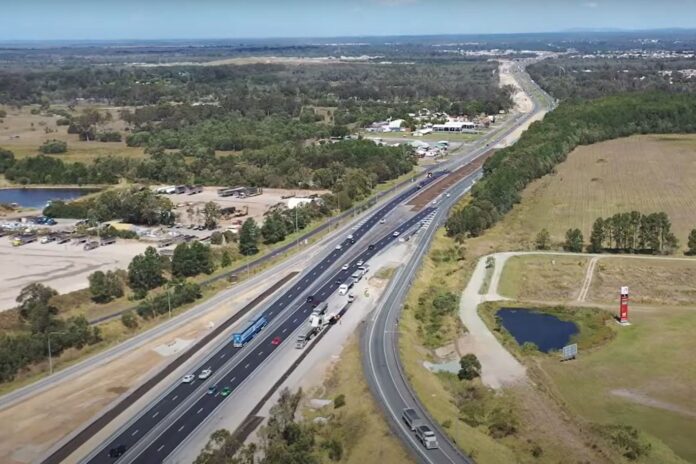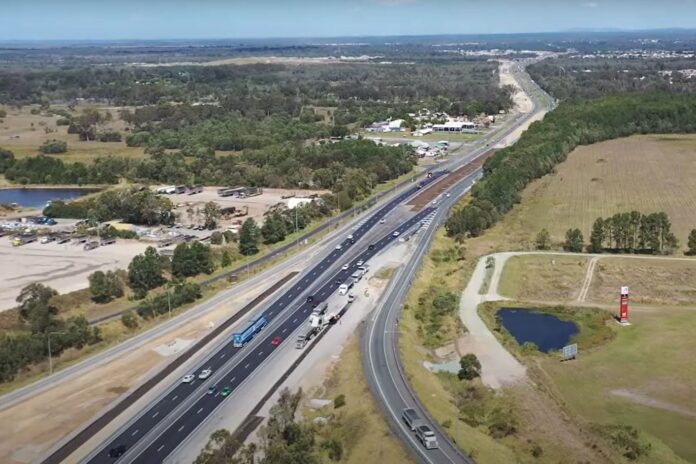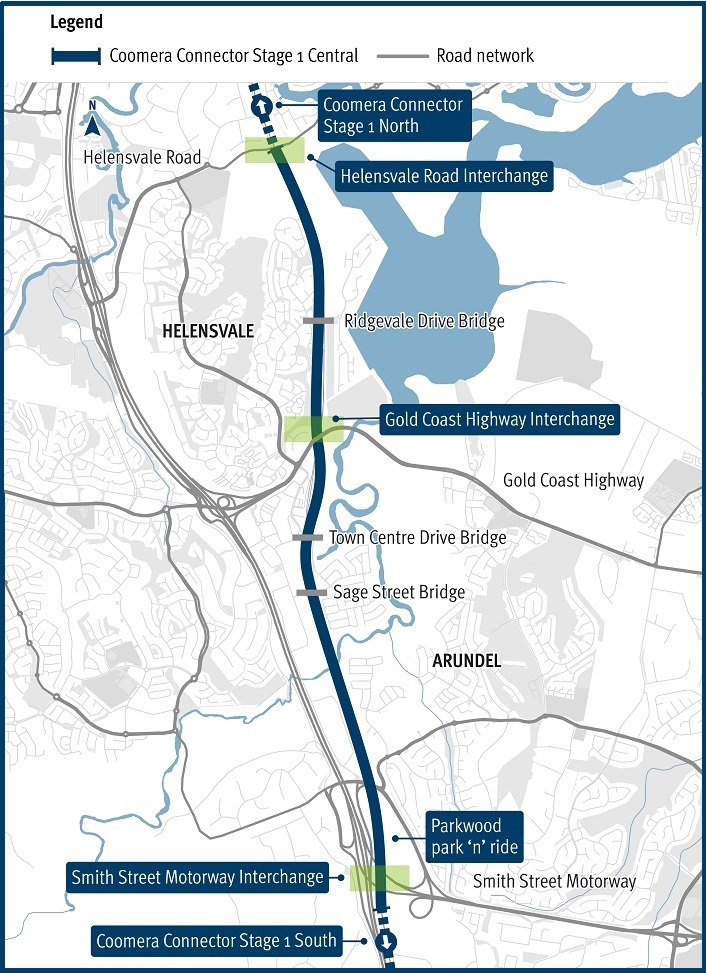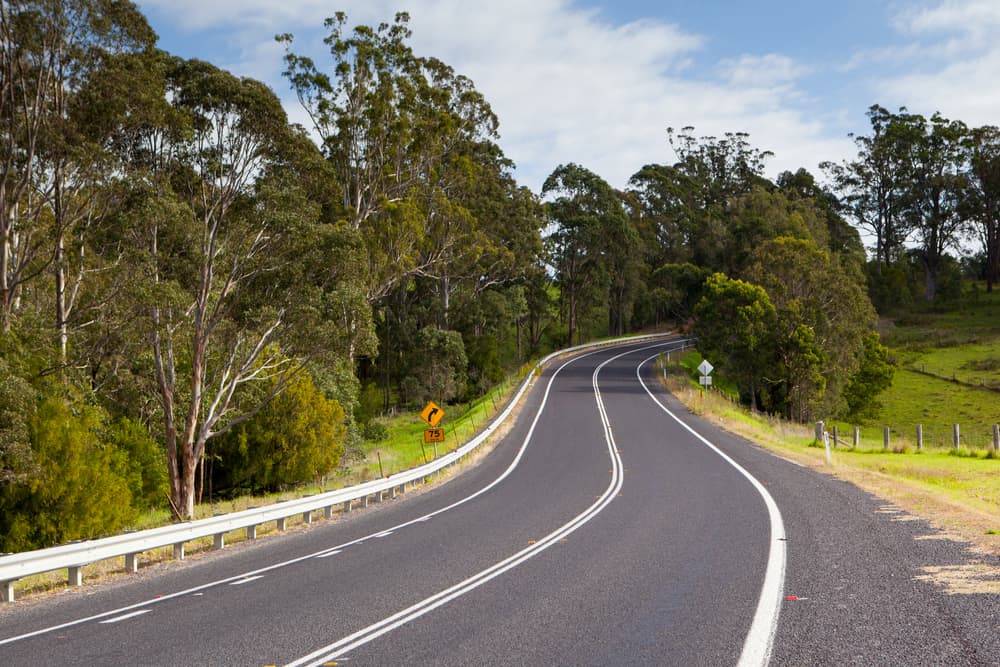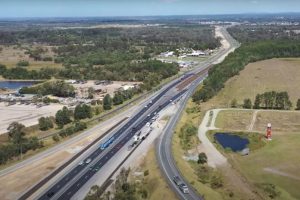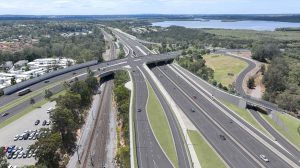Construction is set to commence in the coming weeks on the Jervis Bay Road Intersection Project at the intersection of the Princes Highway and Jervis Bay Road in Falls Creek, marking a significant milestone for the New South Wales south coast road corridor.
The Federal Government has allocated $100 million towards the project, with the remaining $64 million to be provided by the New South Wales Government.
This initiative is part of a $2.55 billion program of jointly funded investments in the Princes Highway, including the Milton Ulladulla Bypass corridor.
Following the commencement of the new Nowra Bridge project, this development becomes the second within the corridor to enter the construction phase.
The project aims to deliver a grade-separated flyover-style intersection, incorporating an overpass across the Princes Highway, complemented by roundabouts on each side of Jervis Bay Road to facilitate safer and smoother connections.
Upon completion, the upgrade will encompass expanding the Princes Highway to two lanes in each direction on the approaches to the intersection, extending entry and exit lanes, and ensuring free-flowing access to the highway for both northbound and southbound traffic.
The intersection experiences the highest volume of vehicle movements on the Princes Highway between Nowra and the Victorian border. Over the past five years, it has been the site of 15 crashes, resulting in six serious injuries.
The enhancement is anticipated to create approximately 110 jobs during the construction phase, followed by enduring safety and efficiency benefits for the community.
To minimize disruptions to residents, the construction schedule has been revised to mitigate the impacts of out-of-hours work.
Contractor SRG Global Civil will oversee the project, with an expected completion timeframe of up to four years, subject to weather conditions.
Federal Minister for Infrastructure, Transport, Regional Development and Local Government, Catherine King, emphasized the significance of commencing major work on the second project for the Princes Highway corridor, underscoring the total joint investment of $2.55 billion in the south coast.
Premier of New South Wales, Chris Minns, expressed confidence that the project will expedite travel for locals and tourists to destinations like Huskisson, Vincentia, and Jervis Bay, enhancing safety along the way.
Federal Minister for Regional Development, Local Government and Territories, Kristy McBain, reiterated the Federal Government’s commitment to enhancing infrastructure like the Princes Highway, emphasizing its importance in improving access to popular destinations on the south coast.
New South Wales Minister for Regional Transport and Roads, Jenny Aitchison, affirmed the project’s overdue nature and its vital importance to local communities, businesses, tourists, and freight operators, expressing gratitude for the collaboration and support received.
